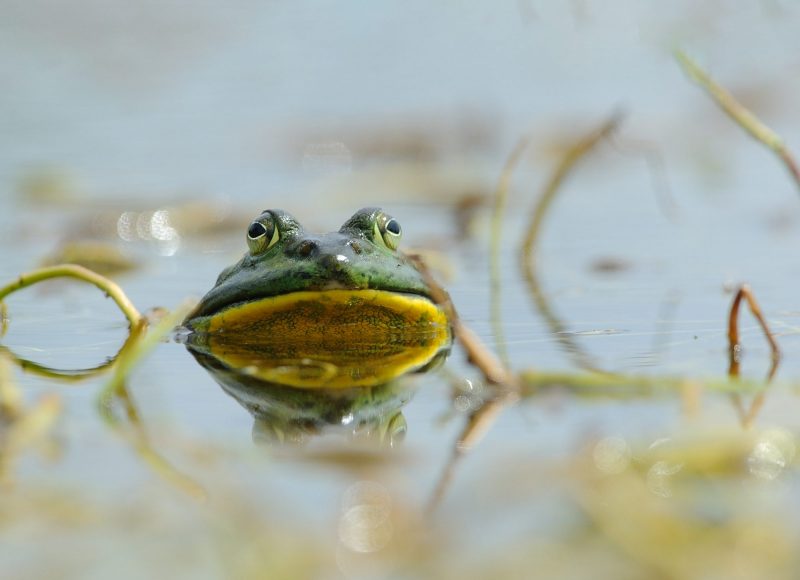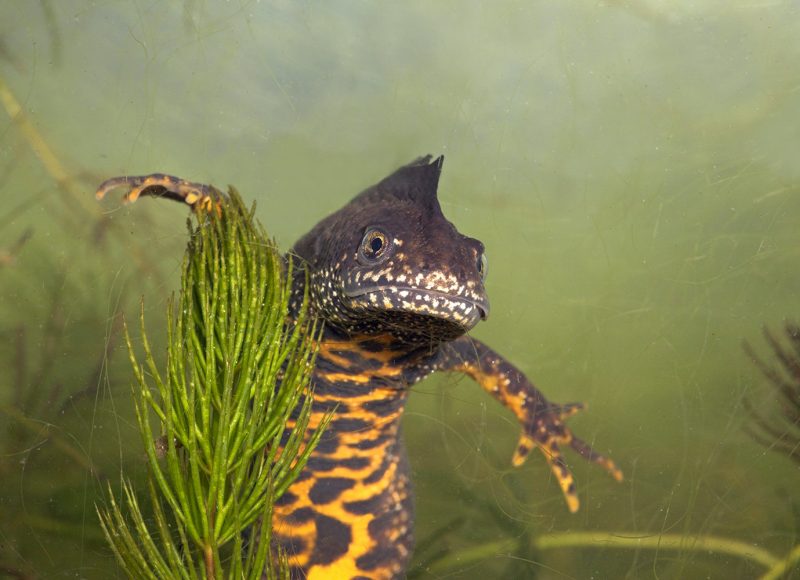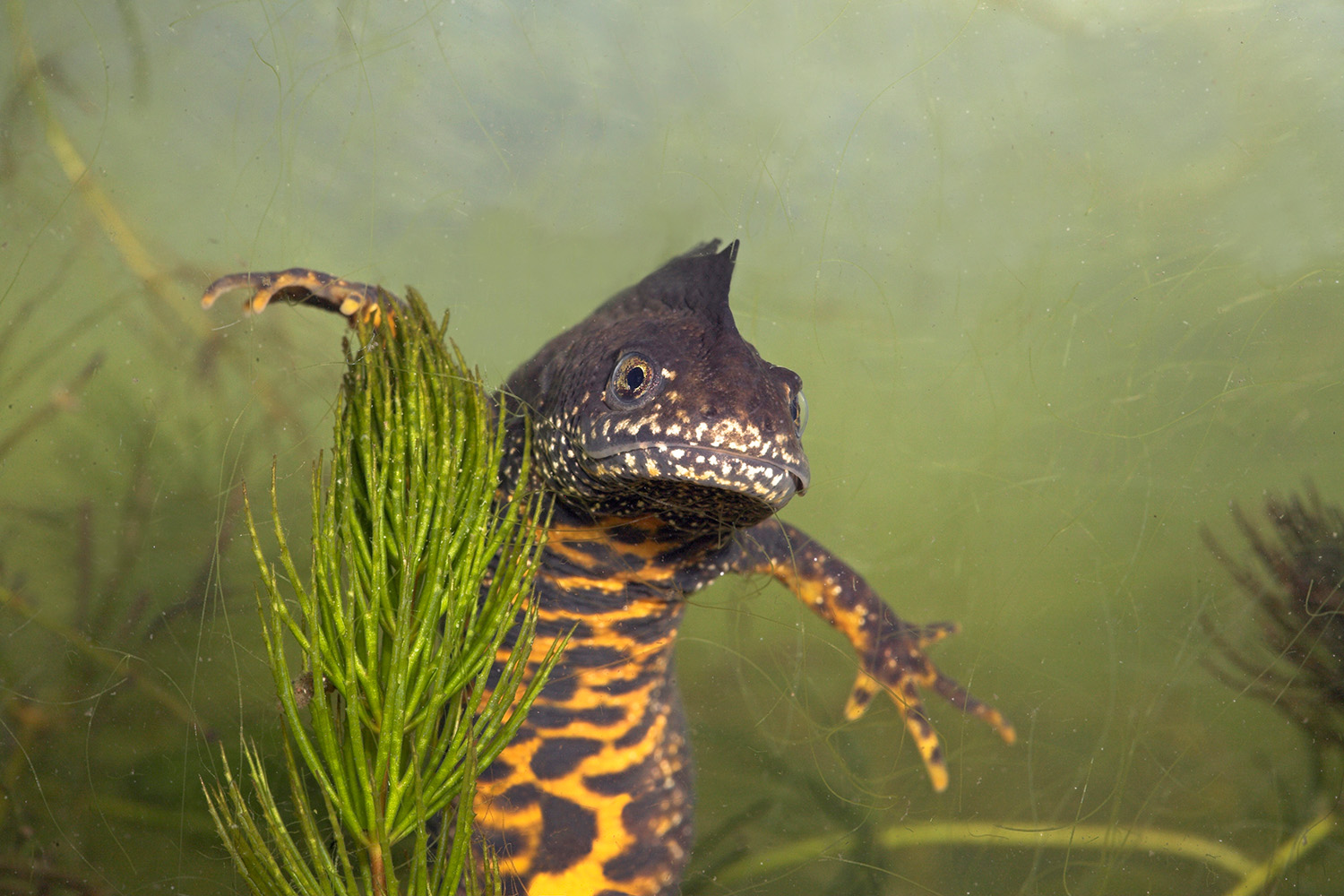With more than 8,000 species currently known, amphibians display amazing diversity in terms of morphology, demography, behaviour and ecology. Their physiology and habits, which place them very much at the mercy of environmental conditions, make them excellent bioindicators of ecosystem quality. And the findings are alarming: loss and degradation of their terrestrial and aquatic habitats, overexploitation, competition with introduced species, and diseases…
Today, more than 40% of the species that have been assessed by IUCN are threatened by human activity. While amphibians may be difficult to observe in the wild, the effectiveness of actions taken depends on how quickly introduced species or pathogens are detected. In this respect, the eDNA methods developed by Vigilife members are proving particularly effective. They could rapidly improve the monitoring of amphibians and their health status on a global scale.

OPTIMISING THE DETECTION OF SPECIES
The first eDNA studies in an aquatic environment were carried out in France on the bullfrog. They proved the effectiveness of the method and demonstrated that DNA released into water can persist for several days. Tests subsequently carried out on great crested newts in the United Kingdom revealed a species detectability of 99.3% using eDNA, compared to 76% with traditional techniques.
Four successive inventories using traditional methods are thus needed to obtain the same detection levels as one eDNA survey.
Using the same water sample, it was also possible to study an entire community of amphibians, with an average detectability of 97%, compared to 58% with traditional methods. Four successive inventories using traditional methods are thus needed to obtain the same detection levels as one eDNA survey. The method is proving to be even more useful in sites where access is difficult and where there are many species, such as in equatorial environments. For example, it enabled the rediscovery of a Brazilian frog – Megaelosia bocainensis – believed to be extinct for more than 50 years. Another advantage of eDNA is that it limits the risk of spreading pathogens between the various study sites.

IDENTIFYING PATHOGENS
Water samples collected to detect amphibian communities can also be used to identify their pathogens, such as fungi, viruses and many species of metazoan parasites.
For example, a study conducted in the Alps revealed that the presence of a ranavirus can be detected through eDNA before and after the mass death of tadpoles. The method also makes it possible to detect the presence of pathogenic fungi, such as Batrachochytrium salamandrivorans, even though it is present in the water body at low concentrations, if amphibians are healthy carriers or if the infection rate is low.
© Great crested newt / Jelger Herder & Bullfrog / Franck Taboury
